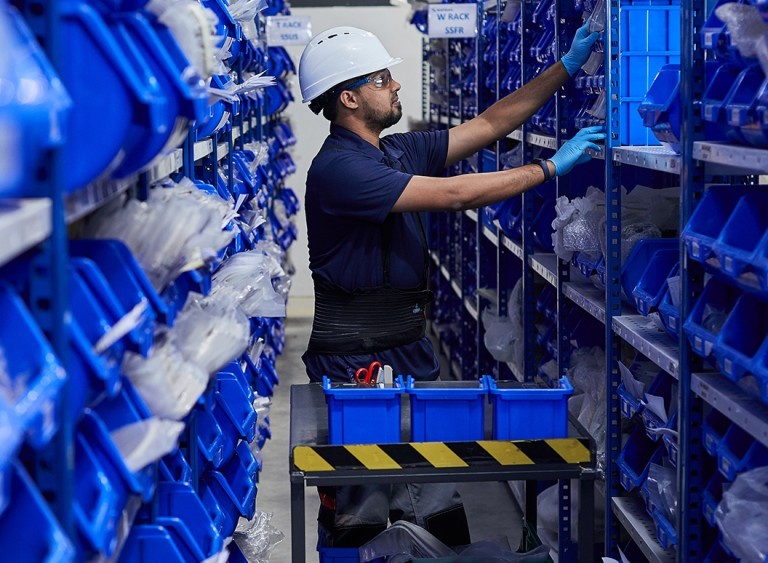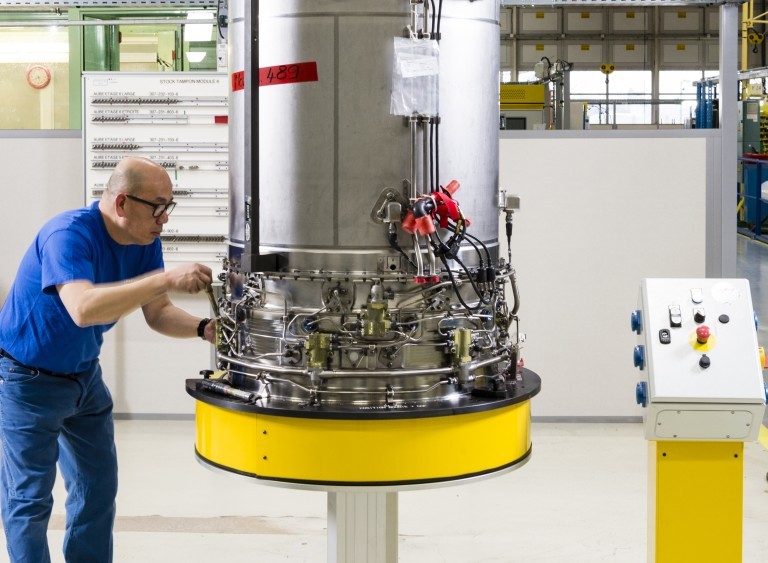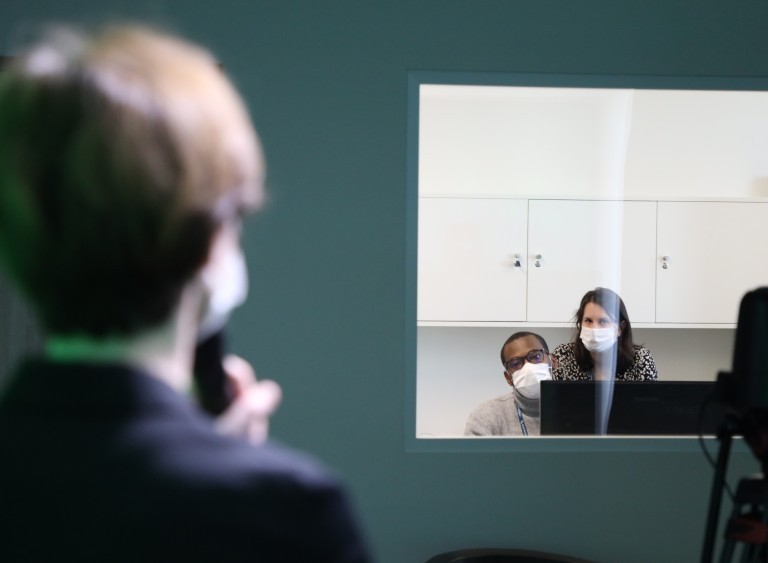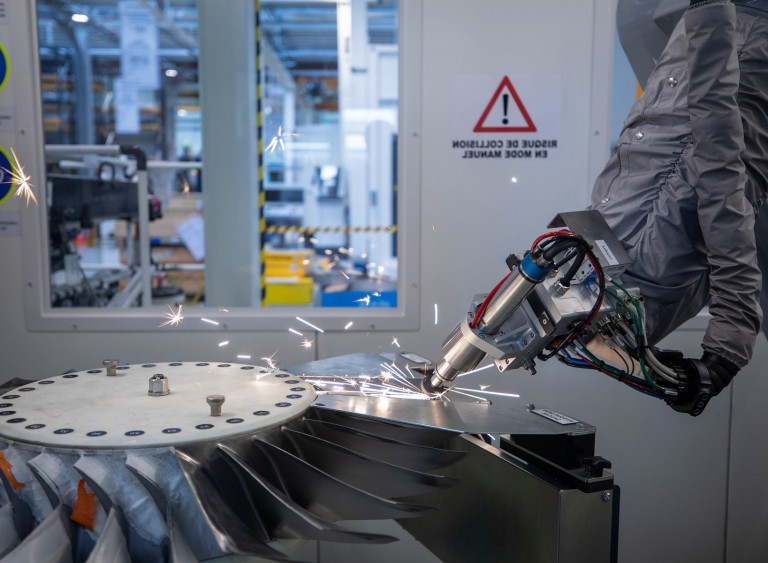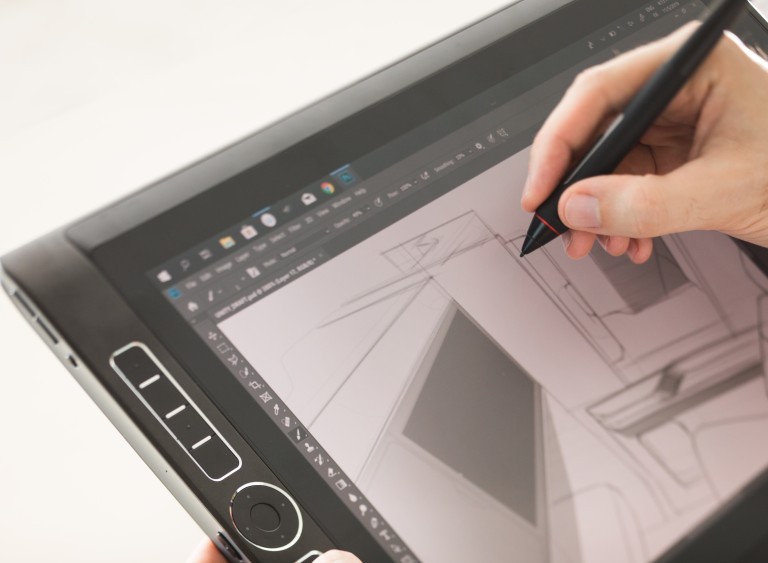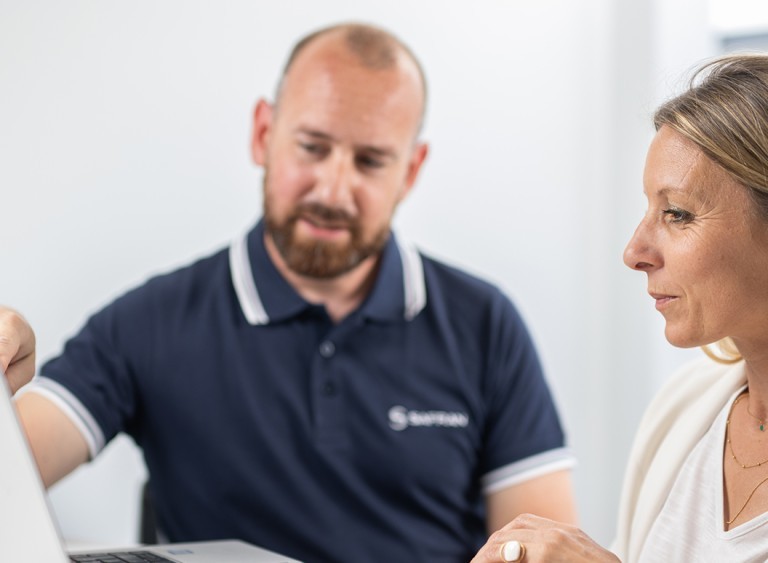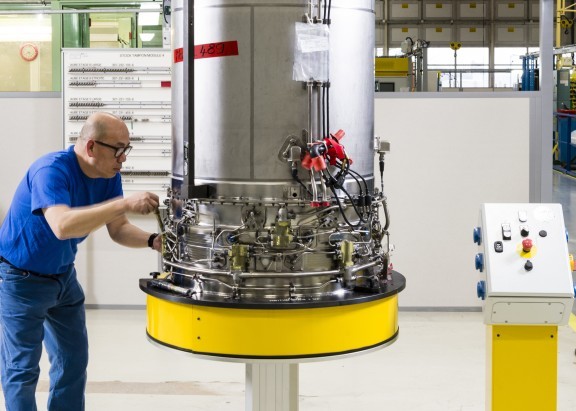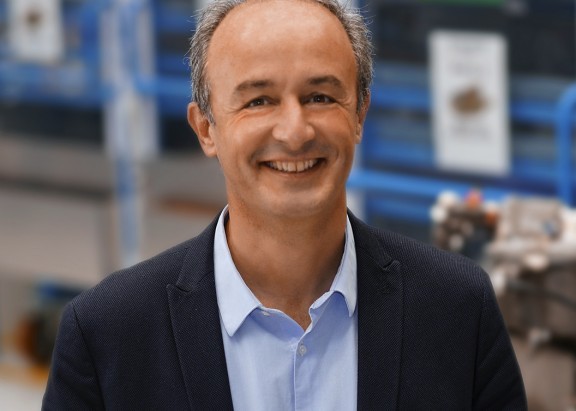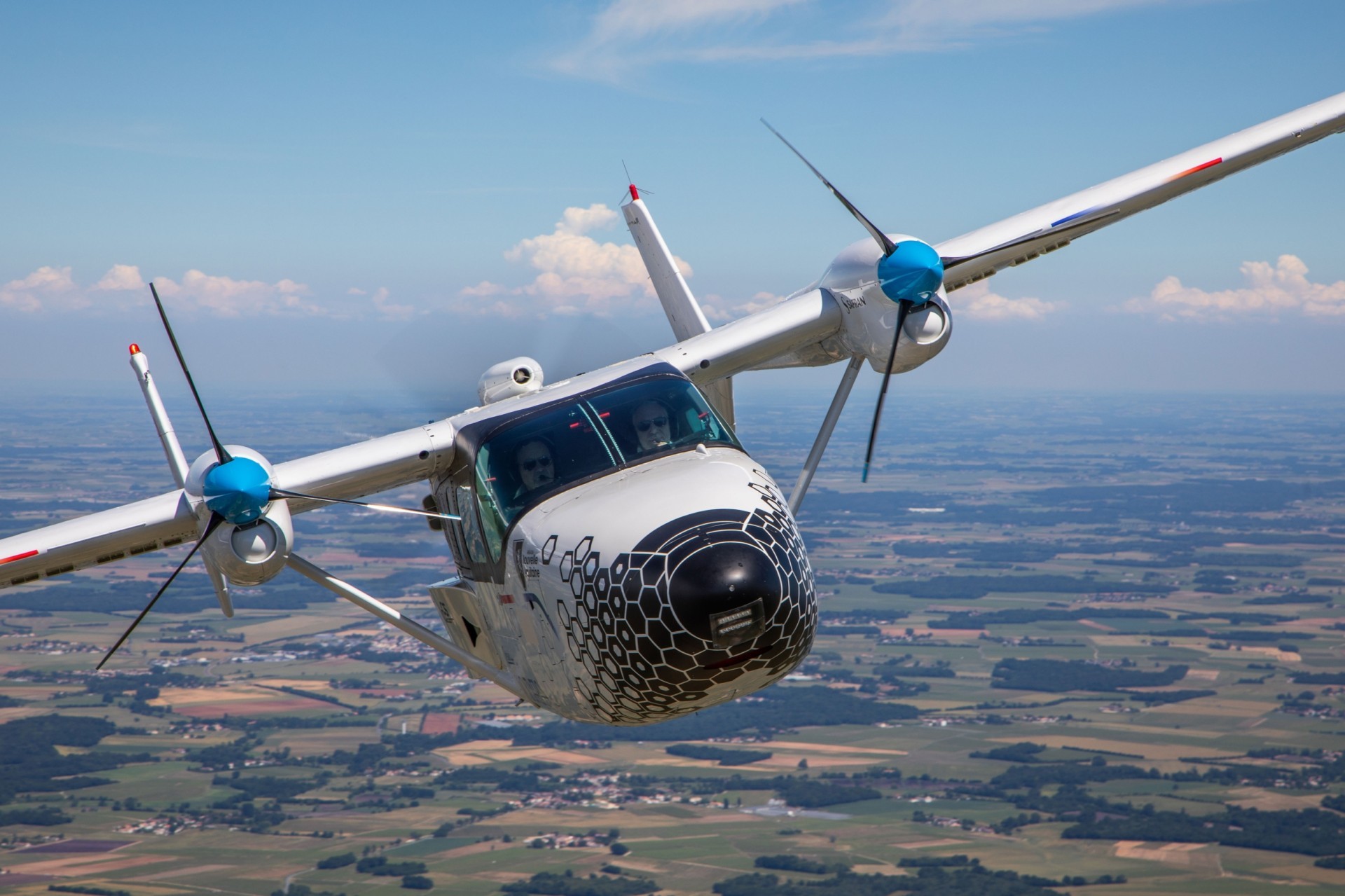
New mobilities, new customer relations
The emergence of new players in the new mobilities marketplace has transformed the way Safran teams approach customer relations. Being more agile, promoting our technological leadership and proposing off-the-shelf solutions and integrated packages — that’s how we set about conquering a new market.
- Snapshots
- Best practices
- Perspective
- At a glance
New opportunities
ith the advent of new mobilities — from vertical takeoff and landing aircraft (VTOL) to airships, small regional planes and e-drones designed to transport goods — it’s now crucially important for these companies to offer disruptive technologies. New players include VoltAero, Bye Aerospace, Aura Aero and Flying Whales. Mostly small startups, they’re less well known than the major aircraft manufacturers. Yet they offer real growth opportunities for Safran and our companies. We have no plans to develop these new types of platforms, but we can supply all the necessary systems and equipment, including one of the most complex: the electric or hybrid-electric propulsion system. “We could probably do it, but strategically we don’t intend to compete with our long-standing customers on this front,” says Hervé Blanc, Vice President and General Manager, Power division, Safran Electrical & Power. With our involvement in these new programs, we identify growth opportunities and validate key technologies for the Group’s future hybrid propulsion concepts, like RISE.
Rethinking customer and supplier relations
We don’t work with startups like we do with the major planemakers. For Safran, new mobilities means expertise, cooperation and agility. “Their projects are less mature,” notes Véronique Bardelmann, VP Sales & Marketing, Interconnection Systems Eurasia, Safran Electrical & Power. “We work with them to secure their approach in a shifting environment. Our contact people at these companies often change jobs. There are more iterations and we need to show we’re agile.” There’s no more bidding for contracts in the old way or developing a piece of equipment from a planemaker’s technical specifications. Today, Safran’s the partner with the technical expertise. Of the 200 new platform projects identified by the Group, 20 have really caught our attention and we’ll be pursuing 10 as a collaboration.
“With Safran Tech, we verify the technical feasibility of each project before we allocate any resources,” says Hervé Blanc. “We then offer our off-the-shelf products, or a solution similar to a product in development. For propulsion and other aircraft systems, we’ve already anticipated customer needs thanks to a clear R&T roadmap. We’ve developed the basic technology building blocks. We work with the platforms that are compatible with our technologies, even if it means rethinking the design of an aircraft with the maker.”
Cooperating across the Group
“Our investment with these new customers ranges from simply supplying equipment to jointly designing products or the platform itself,” continues Hervé Blanc. For Safran, it’s an opportunity to promote our extensive portfolio and expertise. An integrated solution can also include high and low voltage electrical wiring interconnection systems. “Next, we try to find the best architecture and technologies to meet the customer’s specifications in terms of altitude and weight,” says Véronique Bardelmann. On the design side, Safran Engineering Services works with their technical teams in the preliminary phases. The customer can also call on Safran Cabin, Safran Electronics & Defense and Safran Landing Systems. And when it comes to propulsion, if it’s a hybrid-electric solution, Safran Electrical & Power works closely with Safran Helicopters Engines.
“We’ve introduced high-level procedures and joint solutions by several of our companies,” explains Bruno Bellanger, Vice President for Programs at Safran Helicopter Engines. “It’s all part of what it means to be agile. “We aligned our roadmaps at a very early stage to meet the needs of these customers. We know how to be flexible and refine our processes to the strict minimum so we can keep pace with these startups, which need to announce significant breakthroughs in order to secure funding.”
In short, new mobilities have led to a technical and cultural paradigm shift for Safran teams. These new partners are helping transform the Group’s culture. They’ve also pushed Safran companies to work together in a new, more cohesive and upstream approach to meet the immediate needs of these new players as well as validate technical solutions for use on larger aircraft in the future.
Validating technical solutions
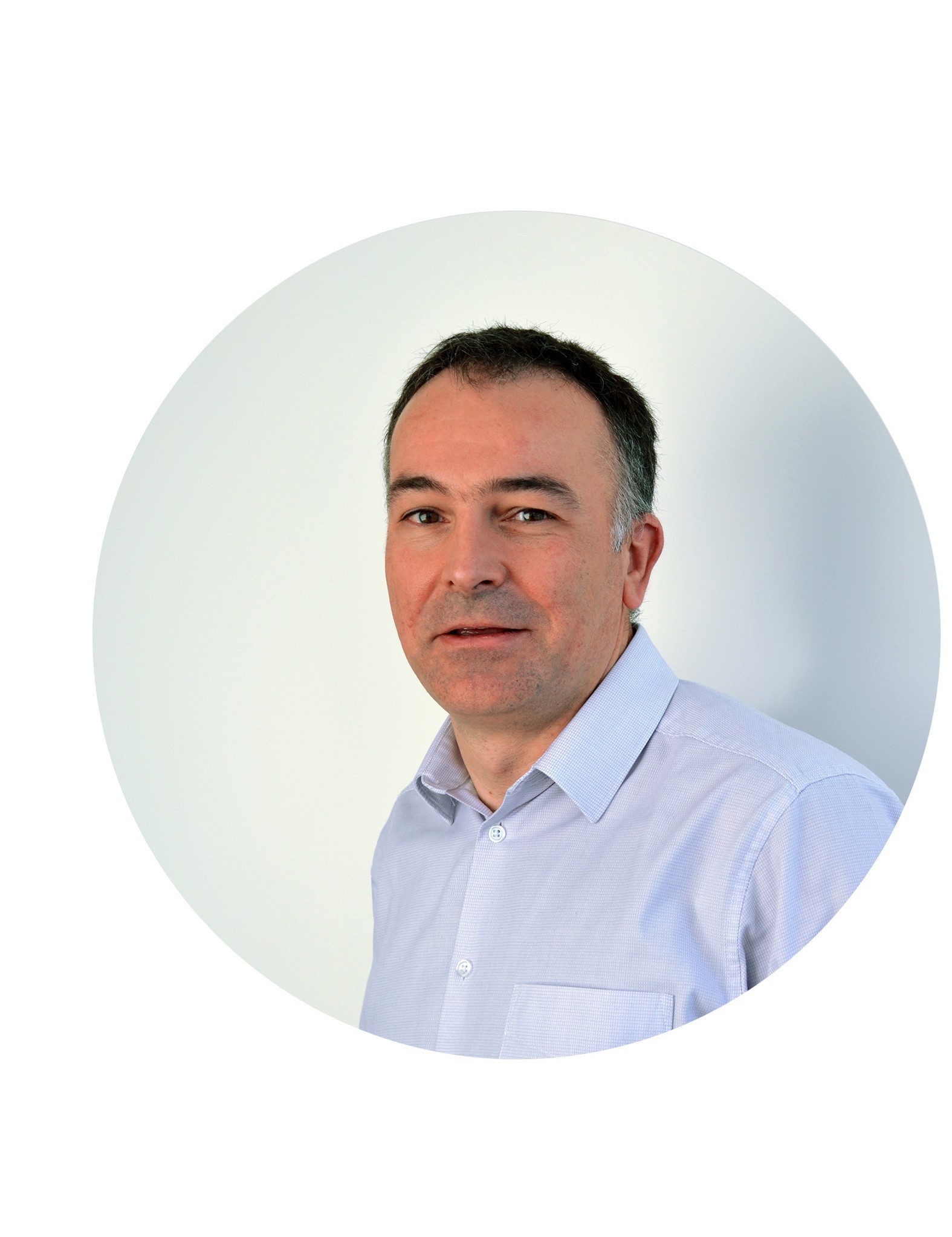
“Safran Tech supports Group companies with technical validation of new mobility projects for potential customers. We contribute to the pre-project R&T phase to conduct joint evaluations with the experts at our companies. We perform detailed, in-depth critical analysis, focusing especially on propulsion architectures. The company then makes the strategic decision to pursue the project or not. As well as verifying the technical viability of a project, it also has to be profitable and meet an actual need in the marketplace.”
Adapting to customers

“VoltAero has been cooperating closely with Safran for over three years now. Our Cassio family of hybrid-electric aircraft is at the preindustrial stage. We were the first to fly with the ENGINeUs™ 45 motor, and we’re working with Safran on all aspects of electrical systems. Our concerns about whether a major group would be flexible enough to adapt to our agile ways of working and our race against time were quickly dispelled. The Safran teams are present, responsive and have the network to provide quick technical solutions. Safran’s also a key partner for certification of our aircraft, planned for 2024.”


